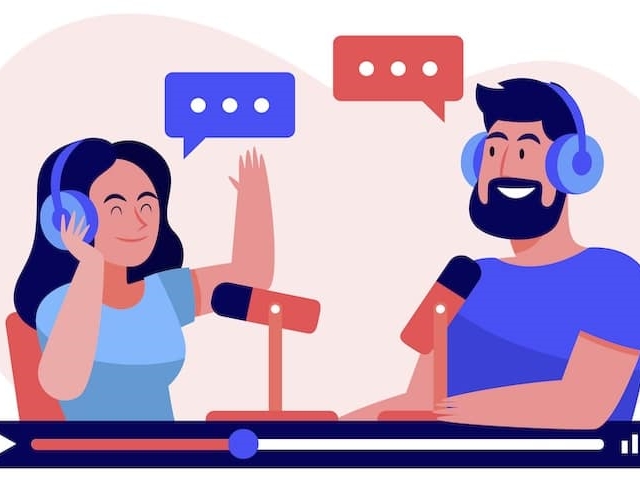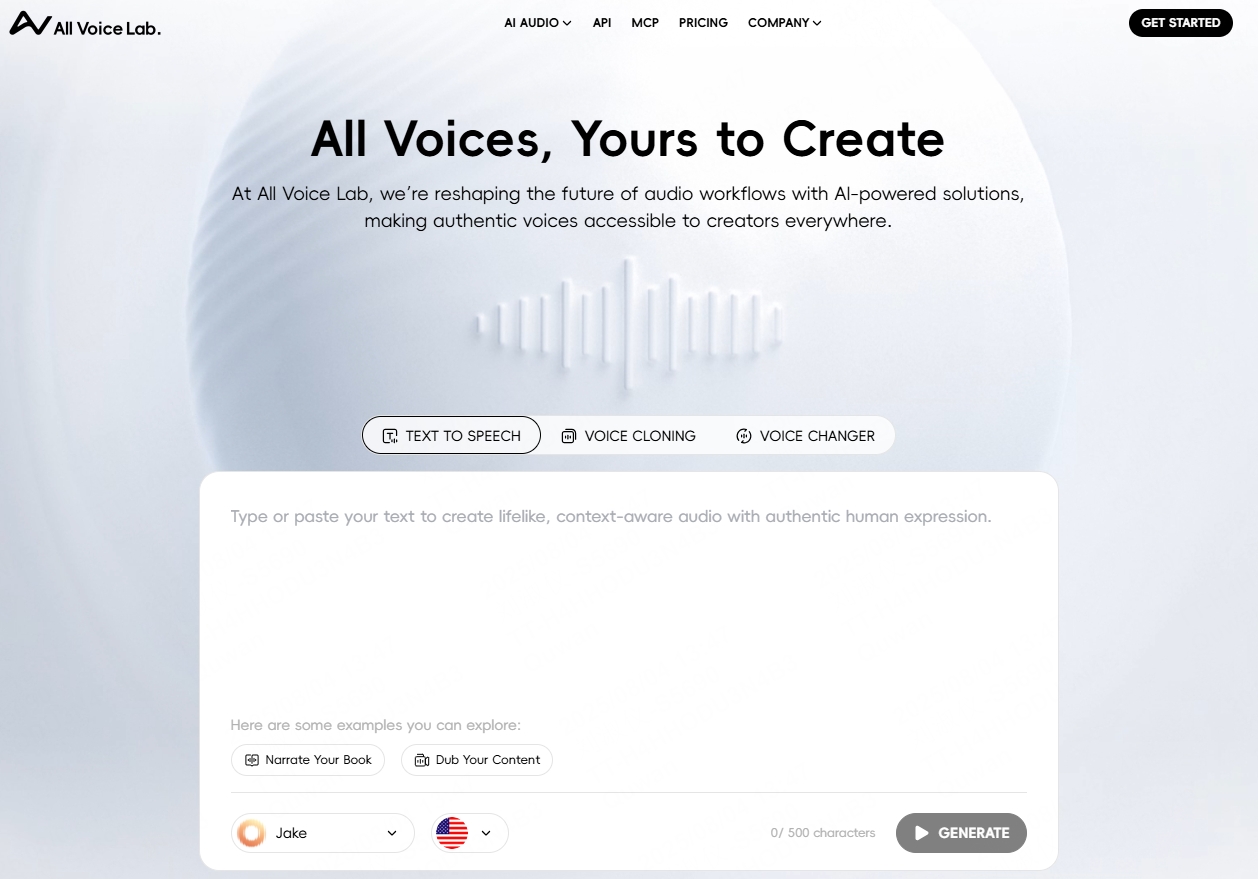What Does Dub Mean in Anime?
Understanding Anime Dubbing: Process, Purpose, and How AI Makes It Easier


If you've ever wanted to know what dub means in anime, read this article to learn what it means to dub an anime, how it's done, and what it all means. This will explain why dubs should be thought about and what current tools might affect localization, whether you are a fan, a creator, or just want to know how the translation process works.
In anime, a "dub" is a voice track that has been translated into a foreign language to replace the original one. This is a staged voice acting technique that mimics the animation's tempo, tone, and lip movements. The idea is to allow viewers to watch anime in their original language without having to read subtitles.
Dubbed anime creates an over-dialogue experience for the narrative and is typically in English, but dozens of other languages are available. In anime, dubbing simply means respecting the source and presenting stuff that is natural to a new audience. It is an imaginative and technical attempt to translate one language's discourse into a demonstration expression of another, making anime accessible to people all around the world.
Making a dubbed version of an anime is a complicated procedure that needs careful planning. Here is a list of the main steps that need to be taken:
The first step is to carefully translate the original Japanese script. This is not just a simple word-for-word translation. Localization experts then change idioms, cultural references, and jokes to make them more relevant to the audience.
Casting is very important. Voice actors are picked depending on how well they can represent the original character's age, tone, and personality. The idea is to find voices that sound like the characters do on television.
Voice actors listen to the original Japanese audio while they record to get the timing, breathing, and emotional nuance of the performance. They say their lines depending on the new, changed dialogue.
After the vocal lines are recorded, sound engineers take over. They meticulously mix the new audio with the old music, sound effects, and other sounds in the background. The goal is to make a finished product that sounds natural and fits together perfectly.
The last phase is a long review procedure. Directors and sound engineers watch the finished dub to make sure that every phrase is correctly timed with the characters' actions and that the quality is great overall. This level of care guarantees a finished product that looks well.
When it comes to storytelling, cultural access, and participation, anime dubbing is very significant. Subtitles do give direct translations, but many people can't read and watch at the same time. Dubbing helps conversation feel more natural for the audience, which makes anime more accessible to kids, those who don't speak English as a first language, and people who are blind.
Localization also tries to make jokes, metaphors, and cultural things interesting to new individuals. A good dub keeps the original's meaning while making it explicit. Streaming services like Netflix and Crunchyroll still rely on high-quality dubbing to get more people to watch.
Good dubbing takes anime out of the world of translation. It changes the story into a different version of the same story, with the same emotional honesty. Explaining what "dub" means in anime shows how dubs have changed into framed voice acting in anime to reach audiences around the world.

You can improve your anime dubbing with All Voice Lab. Instead of using a traditional studio setup, designers can just upload a translated script to their system and choose from a range of realistic AI voices to make conversation that sounds natural and can sync with a visual effect. This tool makes dubbing a lot easier.
Driven by the MaskGCT proprietary model, All Voice Lab offers dubbing in more than 33 languages, although it does its best work in six essential languages: English, French, German, Chinese, Japanese, and Korean.
The Video Translation tool page lets users enter video and text, which then gives them dubbed audio that matches the original performance quality.
All Voice Lab's solutions don't need any manual recording, thus studios and voice talent aren't needed. This gets rid of the specific needs that anime voice dubbing puts on independent creators or teams when they record. The timing of the animation and the AI-generated voices is flawless, as is the timing of auto timing and matching. All Voice Lab makes dubbing that is both scalable and affordable, which is perfect for modern anime localization.
There are AI programs that can assist you dub anime. Here are some tips for using them well:
·Make sure your translated dialogues are clear: Make translated conversations easy to use and cut down on the complications that come up when translations go wrong.
·Keep the timing and flow: As much as possible, translate text so that the time fits the original text, keeping breaks and tones.
·Match Voices to Characters: Choose AI voices based on the character profiles, which should include tone, emotion, and gender.
·Finish up the audio: PListen to the audio and fix any areas that are out of sync or don't sound right.
·Use High-Quality Source Audio for Voice Cloning: For voice cloning to be accurate over time, it must begin with a good original sound.
·Test with a Quick Preview: Before the whole translation is done, check a small preview of the video to make sure the voice and alignment match.
·Focus on Emotional Accuracy: : Improved output quality and ensuring that the AI dubs convey the character's emotion and individuality while maintaining anime's dialogue-rich storytelling.
If you've ever wondered what "dub" means in anime, it's the creation of a localized version of a line delivered in a different language, where the original Japanese audio can be replaced with various voiceovers. Labeled anime broadens its reach and plot to overseas audiences.
Traditional anime dubbing includes translation, voice acting, studio, and editing. With All Voice Lab, current anime producers may greatly simplify this procedure by dubbing text-to-voice in multiple languages without the need for laborious recording, yet without sacrificing quality. All Voice Lab's video translation method provides a viable option for professional anime dubbing.